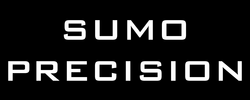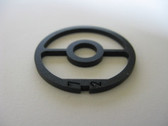Information for new shooters
F.A.Q
By Ryan Neilsen
What is fullbore target rifle shooting?
Fullbore rifle shooting is a traditional sport where we shoot lying down (prone) at paper targets that are up to 1000 yards away. At many Australian rifle ranges we talk in yards not meters as this was the standard for distance when the ranges were built. 1000 yards is just under one kilometer.
Typically we shoot a varying range of distances from 300 yards to 1000 yards.
The sport is mostly about technique and training. It does not focus on firearms. Firearms are only one of the many tools that a fullbore shooter uses to hit the target at long range.
Our rifles are custom made single shot target rifles. Our sport only allows .223 and .308 caliber rifles. Hunting rifles generally are not suitable.
Our sighting system does not use telescopic sights. We use modern aperture sights such as Sumo Sights found on this website. Basically our target is a large round black circle that we center in the apertures of our sights. We make adjustments to our sights to compensate for changes in wind strength and direction during the shoot. At the longer ranges on a windy day, if we did not adjust our sights accordingly we would not even hit our target let alone get it in the middle.
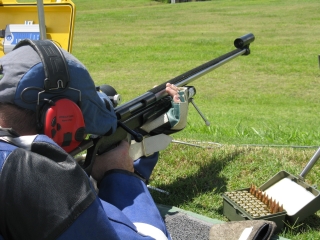
Who is it suited for?
Men and women, young and old. Our sport does not separate age categories or gender. Very few sports see teenage competitors up against people in their 80s. Ours does regularly.
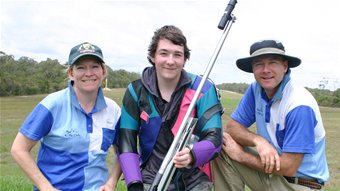
Isn't this just a sport for gung-ho rednecks?
If just shooting at stuff with a big gun is what you are looking for then fullbore target rifle shooting may not be for you. We take our sport seriously. Fullbore rifle shooting is more about reading the wind, controlling your breathing and mental focus than it is about the equipment.

Is it a social sport?
Husbands, wives, girlfriends and friends are all welcome to watch or join in. We are a very family oriented bunch and love when everyone shows up.
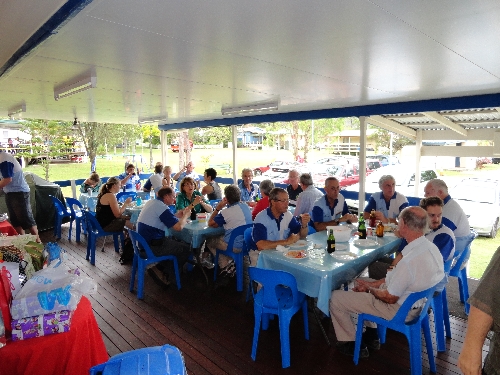
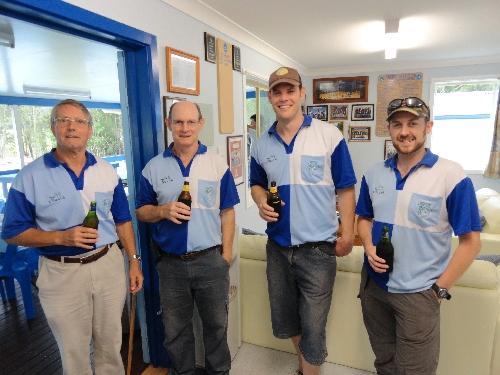
What competitions are available?
Our competition schedule is full of opportunities to compete for your club or individually at many open competitions. As our sport has a formal grading process, newer shooters compete in our C-Grade competitions until their skill level improves.
Individually within the clubs we compete against each other for numerous annual trophies.
Also individually we compete in open competitions at other rifle ranges.
Internationally shooters travel and compete in events in New Zealand, UK, USA, South Africa and numerous other countries.
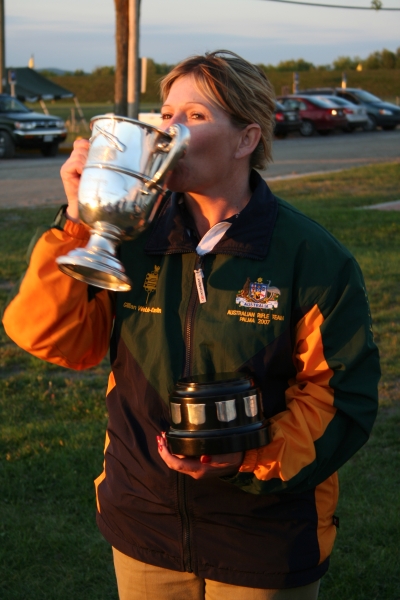
Fullbore basics 101
Minimum Equipment;
- Rifle: 223 or 308 Single Shot Target Rifle with aperture sights. Other calibres are not permitted.
- Spotting Scope and stand: Typically around 20x power. This is used to see where your shot hit on the target and helps you make decisions on adjustment of sight settings.
- Ground mat: We lie down on a mat made of thinly padded canvas. This is for comfort as well as for better shooting stability.
- Shooting Coat: A specially made jacket is worn to assist in creating a very stable hold of the rilfe as well as to protect your elbows from friction when the rifle recoils.
- Sling: The rifle is held tightly into your shoulder using a special fullbore sling.
- Shooting Glove: Your hand is protected with a special shooting glove.
- Ammunition: 223 or 308 Match grade ammunition is used. Hunting rounds are not suitable or allowed in our competition. To better achieve a level playing field, we are limited in choice of projectiles brands and weight.
The Targets
At my local club our targets are mounted onto a frame that is manually raised up out of a safe recess in the range called the "Butts". Typically volunteers, shooters or paid workers are on duty while shooting progresses. After each shot is fired at the target, the person marking, lowers the target frame into the butts, locates the shot hole and places a large spotting disc into the hole. He/she then places a value marker on the target and raises the target back into view on the range. The shooter then can see (with a spotting scope), the location of the shot and also the value of the score of that shot.
Scoring
The value of each shot on the target is dependant on where you hit the target. A series of white rings on the target determine the shot value.
Possible scores are; 5,4,3,2 or 1. for each shot taken. Usually a single match comprises 10 shots at the target with a possible score of 50. Two "sighting" shots are available prior to your 10 counting shots. So an example of a typical match is two sighters and tens shots to count. Variations exist at different clubs and competition venues.
The 5 ring also has an additional inner ring inside it. This ring is called a "central bull" or "V-bull". It also has a numeric value of 5 points however it adds to your V-bull count.
For example if all ten shots where inside the 5-ring yet only 3 of them were inside the v-bull, your score would be 50 with 3 v-bulls.
A score of 50 with 3 v-bulls beats a score of 50 with 2 v-bulls.
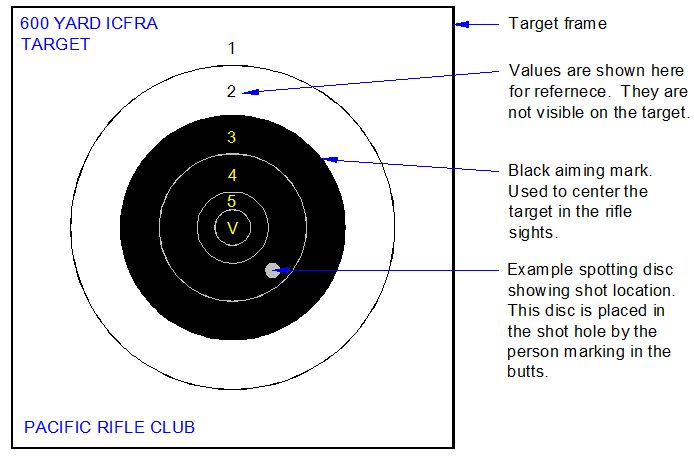
At my club, Pacific Rifle Club, a normal Saturday club shoot consist of;
- One range of 2 sighters and 10 shots to count
- One range of 2 sighters and 11 shots to count
This gives a maximum possible score of 105 with 21 v-bulls.
Every week we shoot at a different distance from 300 yards to 1000 yards.
Terminology;
The value of the shot has traditionally been given the following names;
| Value | Common Name |
|---|---|
| V | V-Bull or Central Bull or Center |
| 5 | Bulls-eye or Bull |
| 4 | Inner |
| 3 | Magpie |
| 2 | Outer |
| 1 | Hit |
Value Discs;
Once a shot is fired, the person marking in the butts, lowers the target, places a spotting disc in the shot hole and also places a value disc on the target. The value disc allows the shooter and spectators to quickly see the numeric value of the shot.
The location of the value disc tells us the value of the shot.
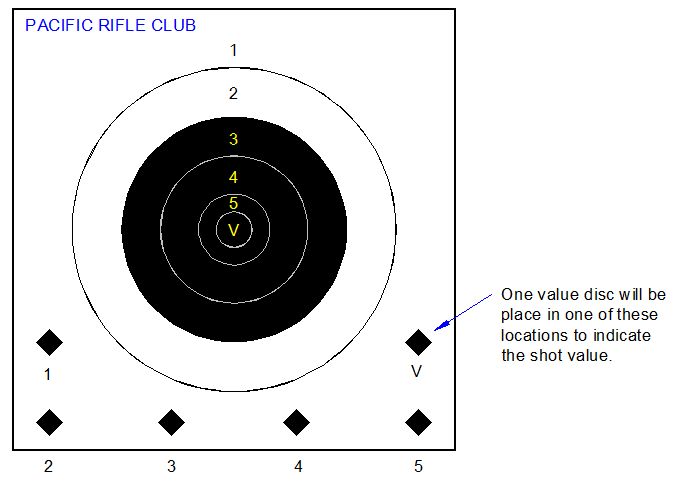
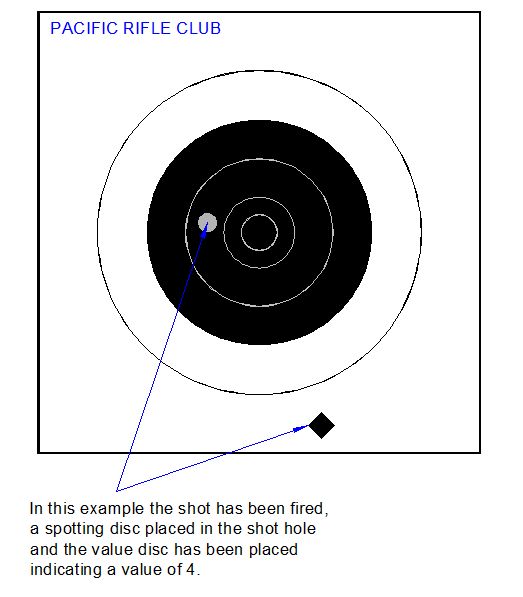
Wind

After a shot has been fired, the bullet travels at around 3,200km/h. During this flight time the bullet is pushed off course by the wind.
At the long ranges, if we did not compensate for the wind, we would not even hit our target let alone hit it in the middle.
We utilise numerous tools be able to estimate the wind strength and then make appropriate adjustments to our sights.
The primary tool we use is wind flags. Every 100 meters or so up the range we have wind flags that indicate to us wind strength and direction. Then using other tools such as charts, tables or rules of thumb, we estimate the required adjustment on our rear sights.
Minutes of Angle
Adjustments to rifle sights are discussed in "minutes of angle". If you remember back to your school days, one angular degree comprises 60 minutes of angle.
We talk about adjusting sights in minutes of angle and not in millimeters as an angular measurement is consistant at any distance to the target.
In rough terms 1 minute of angle (1 m.o.a) is approximately 1" or 25mm at 100 yards.
Our rear sights have rotating adjustment knobs that usually "click" when rotated. Each click is often 1/2 m.o.a. So if we turn our windage knob two clicks, we would alter the bullet impact by around 25mm for every 100yards we are away from the target.
The tools we use to determine wind strength, will guide us to a value of the wind strength in minutes of angle. So for example our tables, charts or rules of thumb may indicate that at 800 yards, based on the look of the wind flags, we need to alter our rear sights by 4 m.o.a. We would then rotate our windage knob on our rear sights by 8 clicks to achieve a 4 m.o.a adjustment.
Electronic Targets
Over the recent years, electronic targeting systems, have been introduced into rifle ranges around the world. In Australia our ranges are implementing several of different brands of targeting systems that each have their merit. At my local club, Pacific Rifle Club we use Hex Systems targets, and they are fantastic.
The shooter has a local display showing exact point of impact and also a running total of scores. The scorer also has a remote display and can control some functions of the scoring process. Live web access to the scores and plots is available.
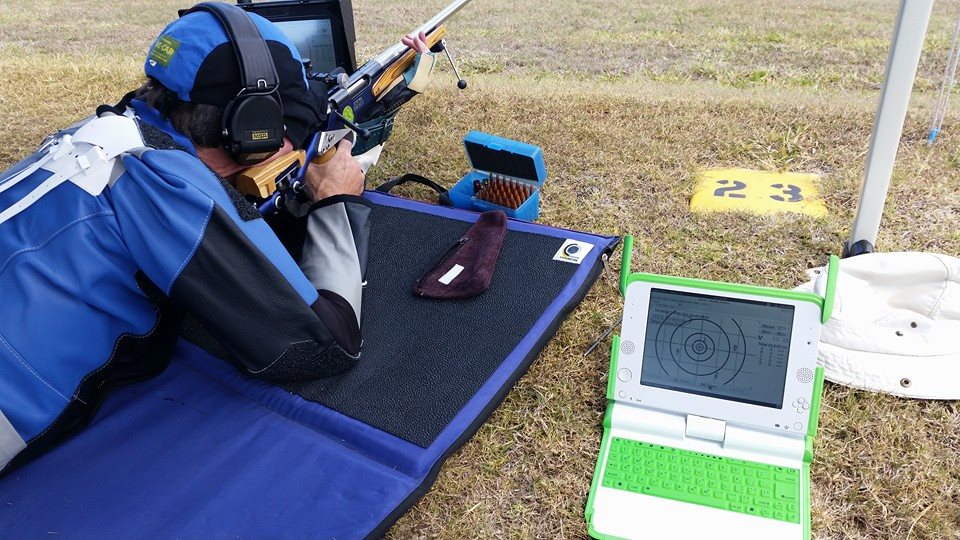
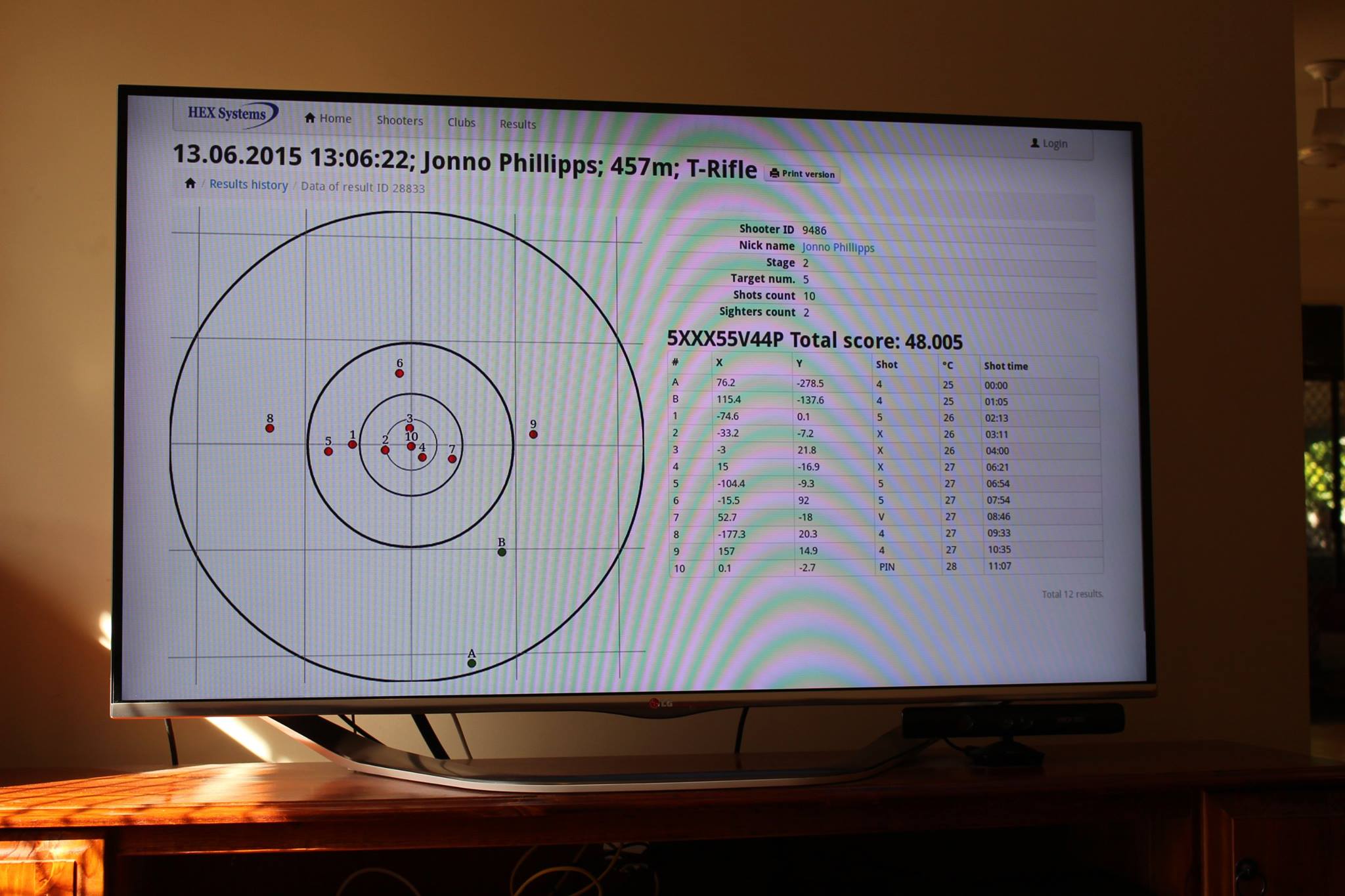
 Loading... Please wait...
Loading... Please wait...







